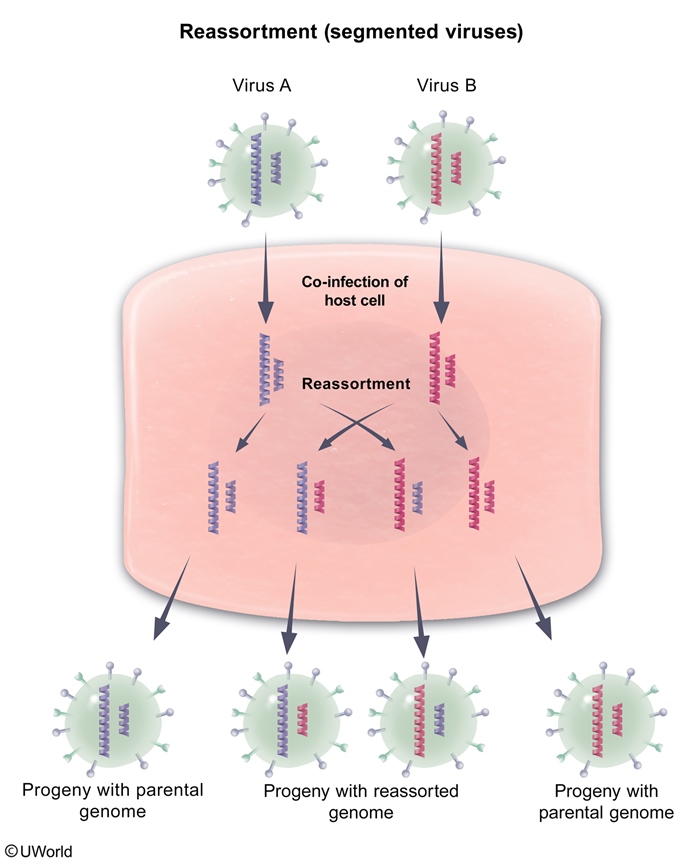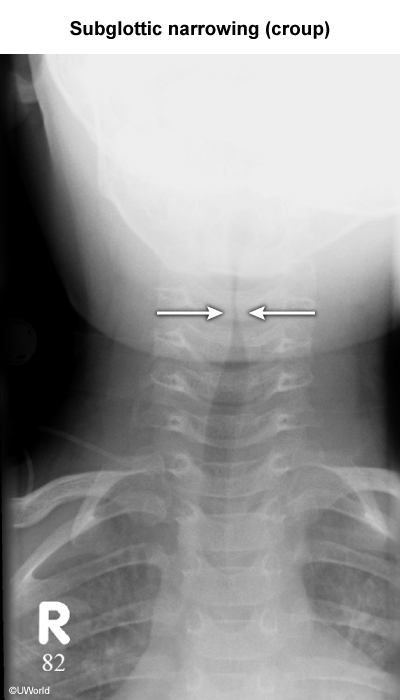Respiratory Viruses
Article Sections
Introduction
Human respiratory viruses are a major cause of morbidity and mortality worldwide, causing infection of the upper respiratory tract (eg, rhinopharyngitis) with potential lower respiratory tract (eg, bronchiolitis, pneumonia) or systemic involvement as well. Their transmission through respiratory droplets and continuous antigenic changes make them the most concerning class of pathogens for future pandemics.
Major respiratory viruses
There are 8 categories of major human respiratory viruses:
- Influenza viruses (A and B)
- Coronaviruses (CoV)
- Respiratory syncytial virus (RSV)
- Human metapneumovirus (hMPV)
- Parainfluenza viruses (PIV 1,2, 3, and 4)
- Rhinoviruses (RV)
- Enteroviruses (EV D68 and A71) including Coxsackie viruses
- Adenoviruses (AdV)
There is no standard classification system for these viruses. Clinically, it is customary to group the winter respiratory viruses (influenza, CoV, RSV) together. These 3 viruses cause the majority of severe complications (eg, hospitalization) and have vaccines and antiviral therapies against key strains.
Continue Learning with UWorld
Get the full Respiratory Viruses article plus rich visuals, real-world cases, and in-depth insights from medical experts, all available through the UWorld Medical Library.
Figures



